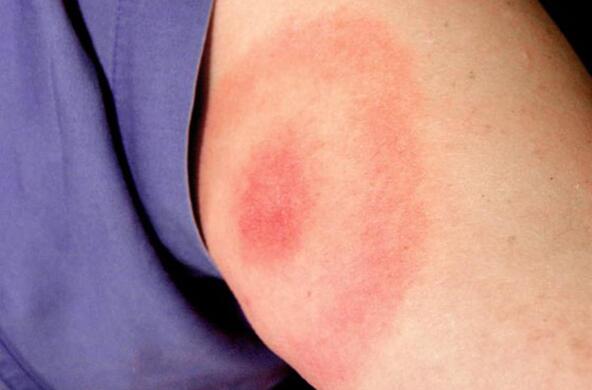Diseases spread by ticks are on the rise around the world, spurred by a combination of factors, including shifting climates and population sprawl into rural areas. Reported cases of Lyme, the most common US tick-borne illness, have nearly tripled in the country since 1992, although some of the increase could be due to heightened awareness. Lyme is also a growing problem in parts of Europe, Mongolia and China. Yet as bad as it is, there are nastier threats on the rise. In parts of Africa, the Middle East, Asia and southern Europe, ticks can spread Crimean–Congo haemorrhagic fever, which is fatal in 40% of cases. And a tick-borne relapsing fever afflicts as many as 1 in 20 residents in parts of Senegal. In the United States, ticks spread at least 16 illnesses, including anaplasmosis, babesiosis, ehrlichiosis and Rocky Mountain spotted fever, all "serious, life-threatening infections", Beard says. And many are increasing in incidence more quickly than Lyme. In a July 2015 position statement, the Entomological Society of America argued for a national strategy to combat tick-borne diseases. "The recent confluence of environmental, ecological, sociological, and human demographic factors," it said, "has created a near 'perfect storm' leading to more ticks in more places throughout North America."
...most Lyme-control measures focus on white-tailed deer (Odocoileus virginianus), which have exploded in number in the United States over the past century as young forests have become increasingly fragmented by human development and large predators have been all but eradicated. Adult blacklegged ticks (Ixodes scapularis) typically feed and mate on deer, so many scientists have argued that the only way to get rid of Lyme is to get rid of the deer.
But such efforts have had "an incredibly spotty record", says Richard Ostfeld, a disease ecologist at the Cary Institute of Ecosystem Studies in Millbrook, New York, who has been studying tick-borne diseases for decades.
When Sam Telford, an epidemiologist at Tufts University in North Grafton, Massachusetts, and his colleagues cut the deer population on Great Island in Cape Cod by 50% in the early 1980s, they saw no drop in tick numbers — the number of tick larvae on the island actually increased1. Ostfeld argues that you do not need many deer to maintain a large tick population. When deer numbers drop, ticks can either crowd in on the remaining deer or find other hosts. Only when almost all of the deer on Great Island had been eliminated did tick populations plummet. But, says Telford, "it is a nightmare trying to get the deer population down that low". And anywhere that is not an island, keeping populations down is practically impossible.
Danger mouse
Ostfeld and others contend that mice are a major driver for both the tick problem and the disease problem. Mice, like deer, flourish in fragmented woodlands — in part because predators such as foxes and opossums get displaced. Ticks then thrive on the rodents, which are poor groomers. Studies suggest that larval ticks have a 50% chance of surviving when they feed on mice, but only a 3.5% chance on opossums2.
And mice are typically where ticks pick up B. burgdorferi. Most mice in Lyme-endemic areas get infected with the bacterium at a young age and, for reasons that are not completely clear, they are particularly good at transmitting it to other ticks. Almost all young ticks that feed on white-footed mice become infected, compared with a mere 1% of ticks that feed on deer. Interrupting the tick–mouse infection cycle, says Ostfeld, could make ticks a lot less dangerous.
Maria Gomes-Solecki, a medical microbiologist at the University of Tennessee Health Science Center in Memphis, agrees — which is why she invented the mouse vaccine that Williams is testing. It primes the mice to make antibodies against outer surface protein A (OspA), a molecule that B. burgdorferi expresses when it is in a tick's gut. A mouse eats the vaccine, then starts to produce OspA antibodies. The next time a tick feeds on the mouse, the antibodies attack the bacteria in its gut, clearing the infection. As the proportion of ticks infected with B. burgdorferi drops, it becomes less likely that the next generation of mice will pick up the parasite, even without vaccination.
Ostfeld and his colleagues reported the first field tests3 of Gomes-Solecki's vaccine in 2014, and found that although only 28% of the mice in an area that they targeted for 5 years developed protective levels of OspA antibodies, the prevalence of infected blacklegged-tick nymphs (the life stage between larvae and adults) dropped by 75%. The bait-based vaccine is also attractive because it is less ecologically destructive than other strategies — it does not kill animals or even ticks, just the pathogens.







